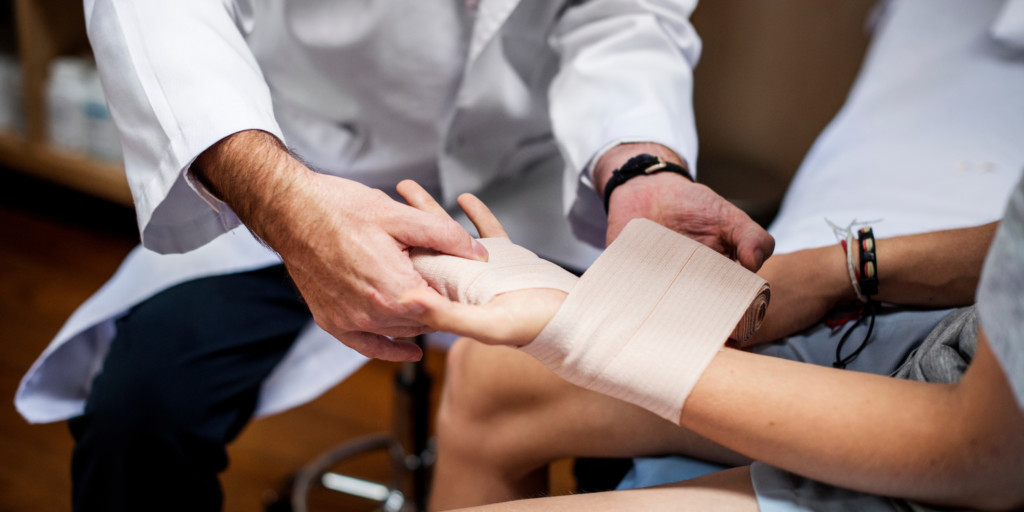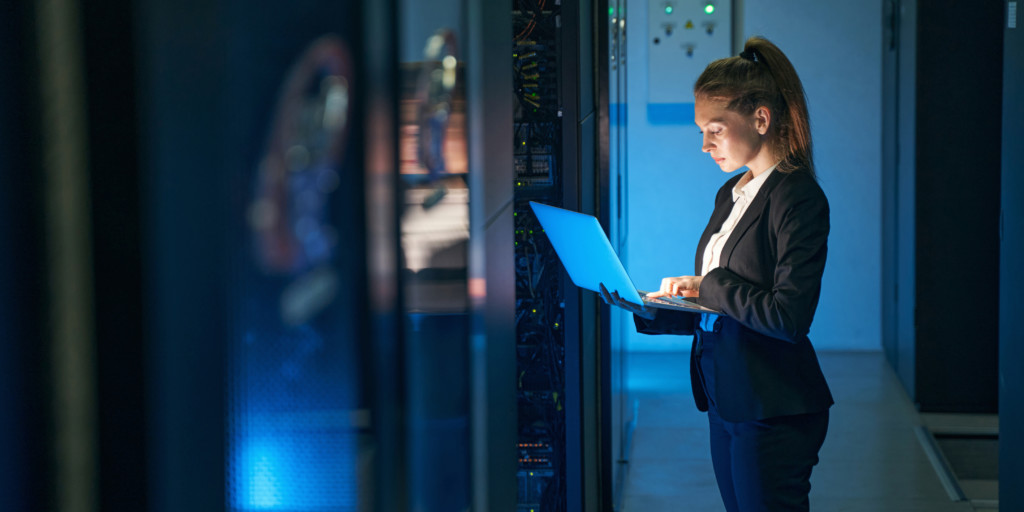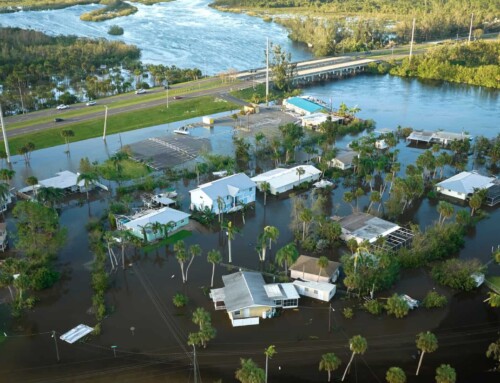No matter what industry, companies and organizations are facing more risk exposure than ever. In the wake of the global pandemic, environmental issues, political violence, and rising court costs are a looming concern. Between 2001 and 2019, median lawsuit settlement payout has risen from $1 million to almost $4 million.
Protecting your organization, your people, and yourself from liability is incredibly important. The first step is always in assessing the most common concerns for you. While this changes depending on the business or entity, some risks are universal. Consider how these five common risks affect your company.
Damage to your business or its contents

Property damage covers a wide range of exposure, but the means of protecting against these risks are often similar. Property damage is often the result of an accident, such as a fire, or from storm damage, including hail, fallen trees, and lightning. This can also include petty crime such as vandalism and theft or more significant events such as explosions or domestic terrorism.
The best measures to protect against property damage come in the form of static safety features such as fire alarms and sprinklers and physical security, like security guards, metal detectors, and bollards.
Another important aspect of property risk is transportation liability. If you or your employees drive for their job or you ship goods, the driver, the vehicle, and the product are all at risk. Good fleet management, regular vehicle maintenance and check-ins, as well as quality assurance on packaging, can help avoid some of the unreasonable risks in transportation.
Business interruption
This is often also related to a catastrophe or natural disaster, but can occur for many other reasons. Business interruption refers to when your normal operations are altered or halted by some kind of event.
Protecting a company from a business interruption relies on your ability to proactively prepare for risks. This could come in the form of hurricane or flood preparedness or from contingencies in the face of equipment failure. Setting up comprehensive disaster plans and creating a plan that details the steps necessary to return your business to normal operating procedures is the best way to mitigate this risk.
Injuries at your business

This is most often seen in the form of workers’ compensation coverage, but from a liability standpoint also exists as premises liability. The difference is whether the person injured is an employee or a visitor. For the purposes of most injuries, the precautions for either are mostly the same. Keeping walkways clear, ensuring that proper safety railing exists and is maintained, making sure there are no unreasonable hazards or displaying warnings. It also might be necessary in the case of high potential risk to install a camera system as an added layer of protection.
Professional liability
Most cases of professional liability protect certain professions from liability that occurs as a result of an error or omission in their service. This usually applies for accountants, attorneys, adjusters, real estate brokers, and consultants, but can also cover things like medical malpractice or liability related to structural failure for architects and engineers.
Beyond taking care in your work, these types of liability can only be mitigated by obtaining professional liability or malpractice insurance specific to these careers.
Data breaches

Data breaches are a relatively new form of business liability that have been a hot button issue in recent years. For any company that collects, stores, and sells its customers or users personal data, this type of risk is related to the theft and distribution of that information. This can occur by physical theft of hardware, but more often comes as a result of a phishing attack to trick an employee into revealing their password or malware like a keylogger that records it for the thief.
Data security should be on the forefront of any modern business owner’s mind these days. Educating employees on the best security practices and ways to avoid socially engineered attacks as well as using strong credentials and multi-factor authentication are good first steps.. Secure password managers can help with this. Keeping devices and software updated to the latest versions helps prevent security gaps. For organizations with a significant amount of security risk or extremely sensitive data, high grade encryption might also be necessary.
—
While there are many other forms of potential liability, these five are common problems for most industries. The best solution for managing and mitigating risk is always in careful preparation. Having a well-tested security plan or safety procedure can help prevent a lot of problems and can make controlling an incident much easier. Finding a good and fully comprehensive coverage plan can also be the difference between a small problem turning into a major lawsuit.
For more information on protecting against some of these risks, check out our other blog topics here including these about protecting against natural disasters, business interruptions, premises liability, and data breaches.





